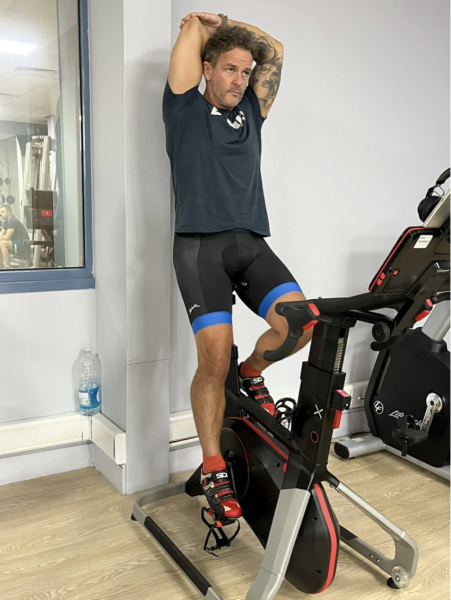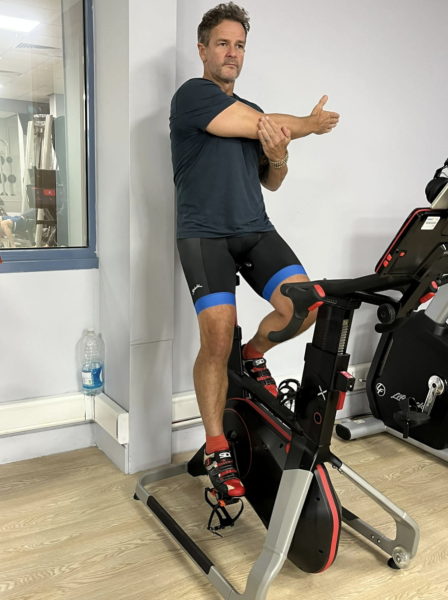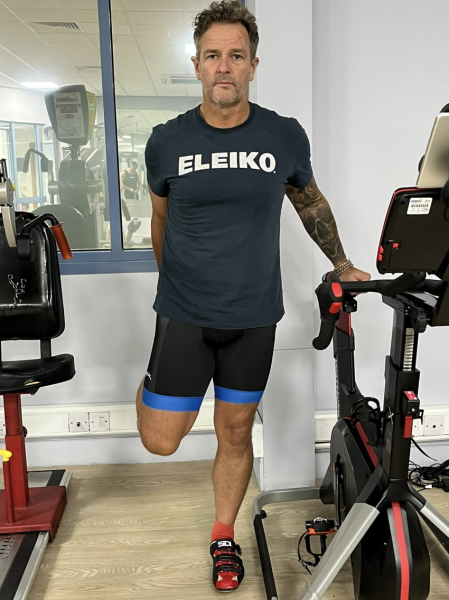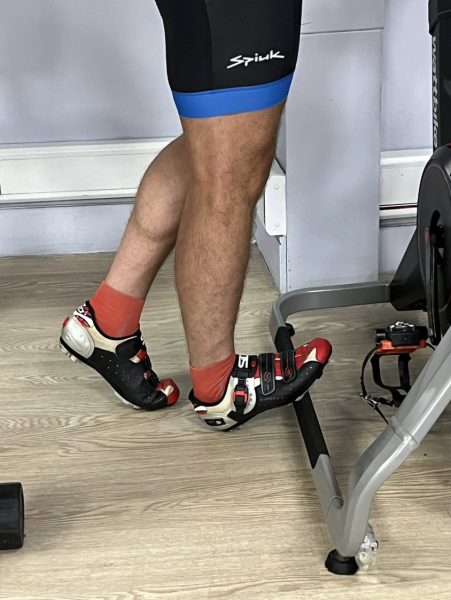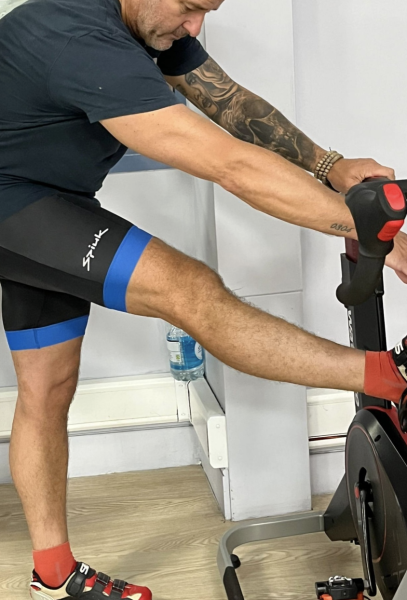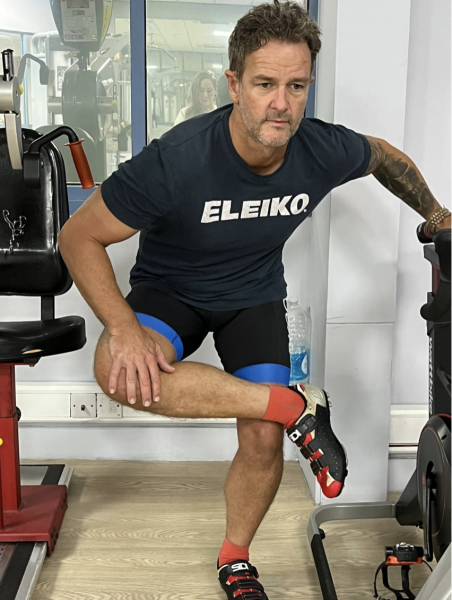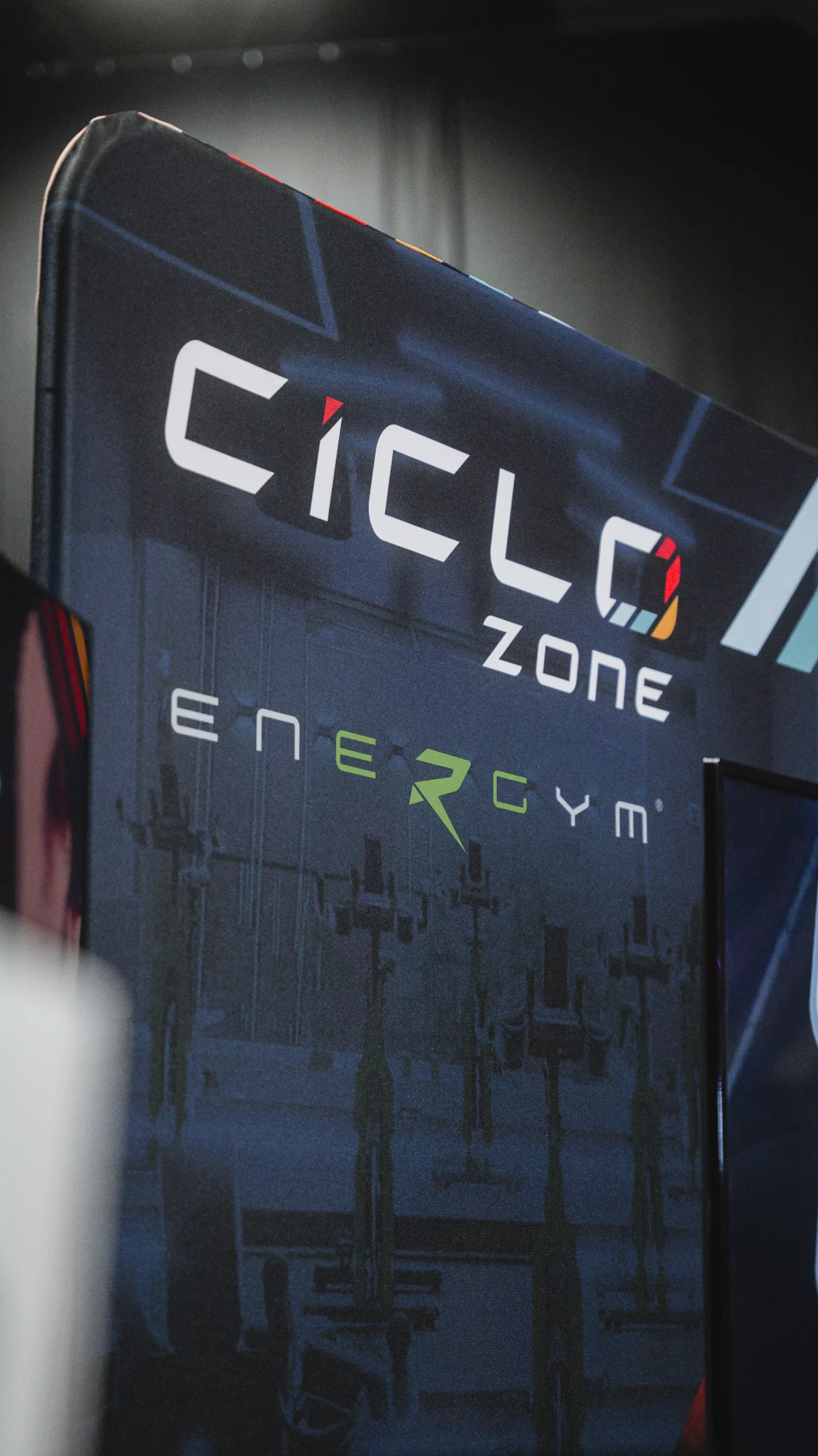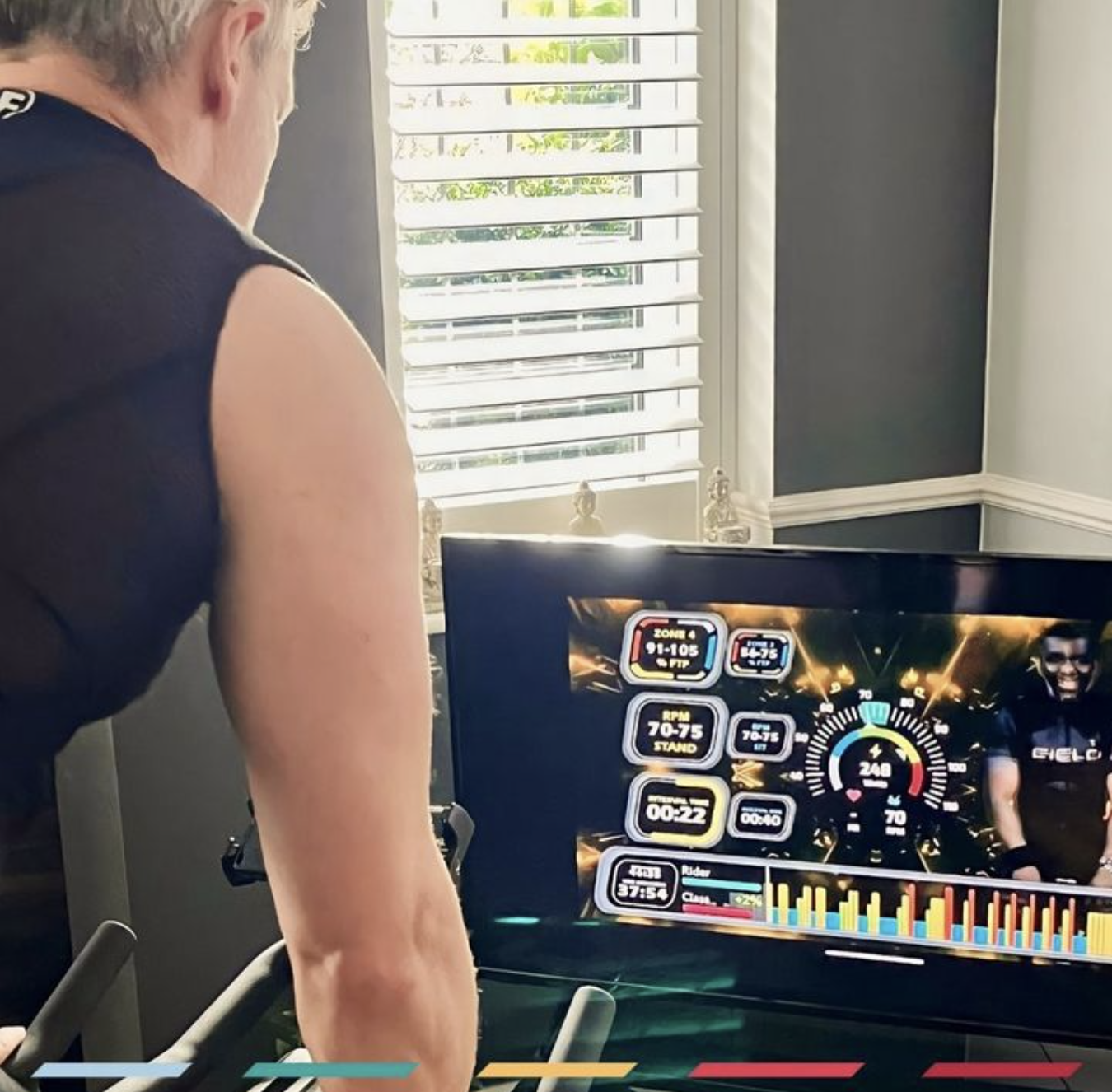As a cyclist for many many years, I do understand the massive benefits, both mentally and physically, a human being can expect to enjoy when riding a bike. I’ve spoken multiple times on topics including power, weight loss, mental health and rehab…. and as a huge cycling advocate I find it difficult to talk about any negatives that you may experience when riding a bike, but there are some and you need to be aware of them.
From saddle soreness to the infamous numb bum and even numb toes and fingers on longer rides, there are a number of minor drawbacks when choosing a bike for your fitness needs. Most of these can be overcome by simply spending more time in the saddle and allowing your body to get accustomed to riding, or simply by adopting more suitable clothing specifically designed to protect certain parts of the body, riding with cleated cycle shoes and of course making sure that your bike is setup correctly. However, no matter how well you have set your bike up or how good your clothing is there is one major side effect that all cyclists will have to combat and that is a loss of physical flexibility off the bike.
There is no getting away from from the fact that cycling, albeit an extremely efficient way of of training your energy systems, core and lower body, is also a relative static activity for the human body with very little dynamic range of motion for most of our body. Generally this means that when you are finished your ride it is extremely important to incorporate at least basic stretches to release tension from certain areas of the body… most notably legs, shoulders and lower back.
A lot of cyclists compliment their cycle training with activities such as yoga or pilates or at least dedicated stretching sessions. Professional cyclists sometimes suffer from shortening of the hamstrings due to the tension involved when pedalling and a good amount of time is taken in stretching those hamstrings after every single ride.
If you do ride a bike in any way, shape, or form, then you probably have already experienced some sort post ride discomfort at some time and you will need no convincing to add a few post ride stretches into your daily fitness routine. If you are about to begin indoor cycle classes or riding for the first time, it is probably a good idea from the get go to to include a few basic stretches after every ride. I’ve included a few examples below to at least cover the basics.
Upper body
Post ride Shoulder/Upper back stretches.
Firstly, still seated on the bike with feet in the pedals, lift your hands from the bar with a straight back, pass a straight arm in front of the chest pulling with the other arm to hold the stretch for 8 to 10 secs. The same exercise for the other arm and repeat twice on each.
This stretch releases tension in the rear deltoid and trapezius as well as the shoulder blade area.
Secondly, Lift one arm vertically upwards then bending the arm so the forearm passes behind the head and use the other arm to extend and hold the stretch feeling the extension as far down as the hip for 8 to 10 seconds. The same for the other arm and repeat twice.
This stretch releases tension front the ‘Lats’ and the side of the body as well as the entire shoulder and neck.
Lower Body
Quad stretch.
Using the bike for stability, lift one leg behind and hold by the foot with your hand. Press the hip forward on that side to extend the stretch. Same for the other side and repeat twice holding for 8 to 10 seconds.
A Calf Stretch.
This uses a raised area of the bike frame or alternatively a weight plate on the floor or something similar place the toes of one foot on the raised surface keeping the heel on the floor.
Shift your bodyweight forward keeping your heel down to extend the stretch.
Your Calf, achilles and instep will thank you for this stretch.
Hamstring stretch.
This requires you to place the heel of one foot onto a higher point on the bike keeping your leg straight you need to. Then, reach down towards your foot or at least place a hand on your shin bone and slide towards your foot depending on how far you can reach.
Release the Hamstring and lower back resetting the posterior chain of muscles.
Hold for 8 to 10 seconds on each leg and repeat twice.
Glute stretch.
This is the ultimate post ride cyclist stretch for the legs releasing tension from the glutes, hip flexor, hamstring and lower back.
Cross one knee with the foot of the other leg and then, whilst holding onto the bike for stability, squat on the single leg whilst applying some downward pressure on the crossed knee to extend the stretch.
Hold for 8 to 10 seconds and repeat twice on each leg.
These stretches are simply the bare minimum post ride stretches recommended to any indoor cyclist before they leave the bike and the session. They will attend to the main muscle groups which are used in the pedal rotation and most of the tension points that will be affected whilst riding on a static bike.
I still recommend supplementary exercise and stretch to maximise the gains to any indoor cyclist but at least these basic stretch exercises will start your recovery period on the most positive note.
